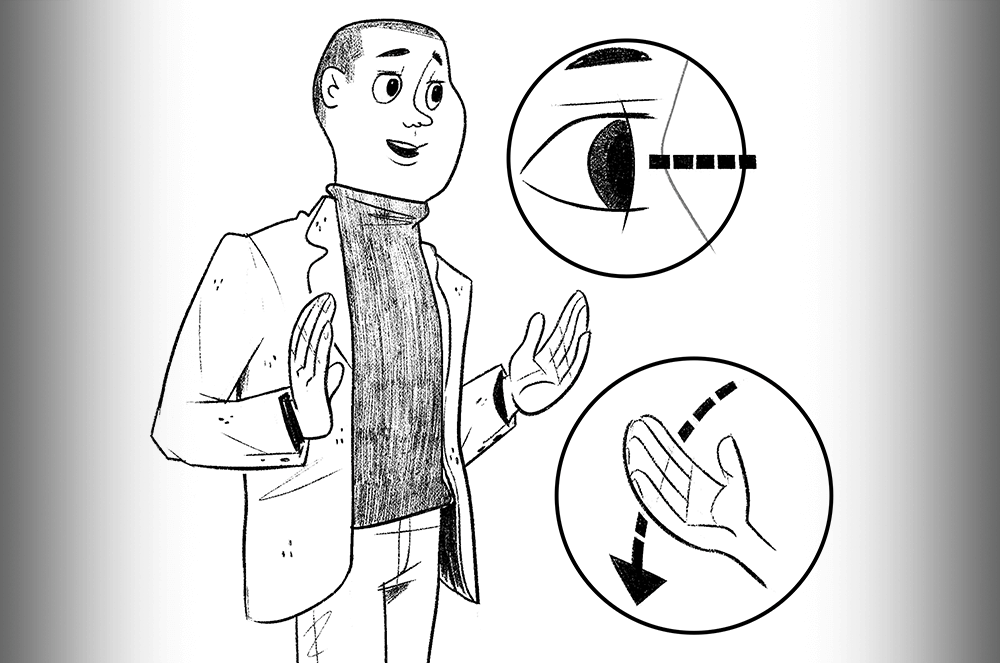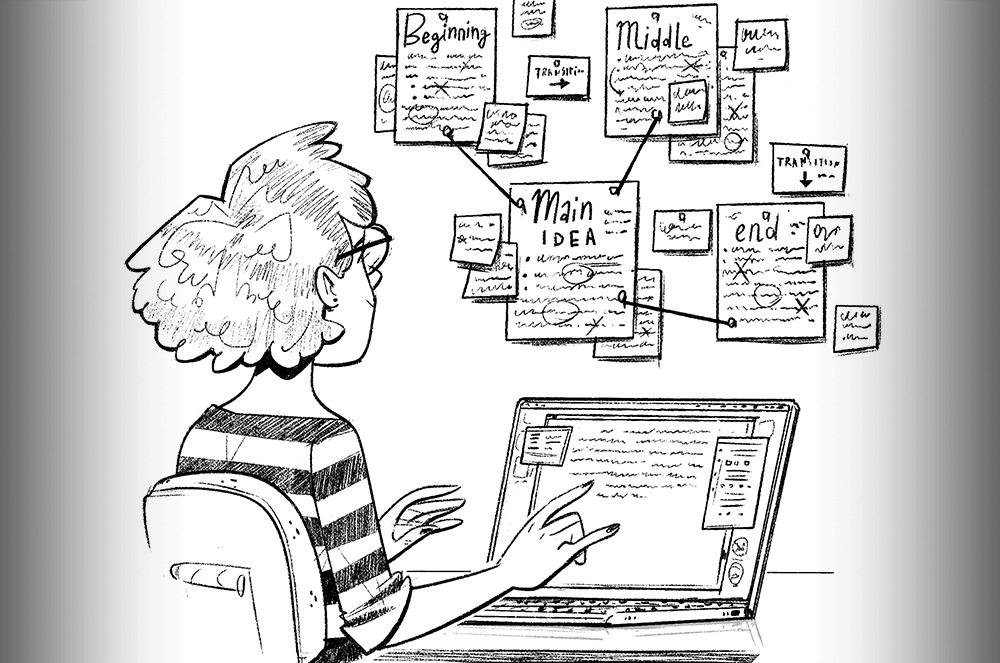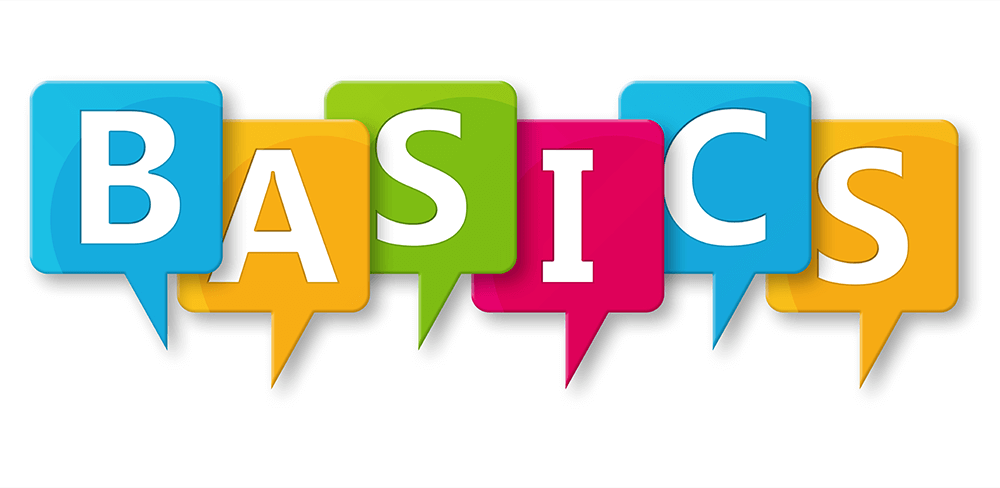
Using gestures and moving your body when speaking isn’t just a way to engage your audience and help them remember your content; it also helps you, the speaker, learn, remember, and articulate your speech. While preparing your next presentation, whether for an in-person audience or online, try using gestures and body language to help you convey confidence and boost your stage presence.
Gestures
1 Train yourself to gesture more.
Prod yourself in your speech notes to gesture, either with specific, meaningful gestures or planned “spontaneous” ones. This will seem awkward at first, but you don’t have to add all the gestures you try to your repertoire.
2 Learn from the pros.
Watch a few World Championship of Public Speaking® speeches or popular speeches online, focusing specifically on the speakers’ body language. Get some new ideas to try.
3 Create a gesture for each main point.
Experiment with having a specific gesture for each of your speech points. See for yourself if doing so helps with recall.
4 Observe yourself in action.
Record yourself practicing and watch for what looks natural and what doesn’t. Gestures, even if planned, must flow naturally as you speak. If you script and choreograph your gestures too much, you may forget your speech and look or sound unnatural. Conversely, some spontaneous gestures may be too repetitive, such as continually slicing the air. Keep in mind that you may need to adjust the size/type of gestures to the audience or venue size (bigger audiences need bigger gestures).
5 Have a dress rehearsal.
Practice your speech as you plan to give it, including all gestures you hope to use during your presentation. The words and the movements will be encoded in your memory, making recall easier.
Body Language
1 Leadership gaze.
When speaking to a group, focus on one person at a time for the length of a thought. When there’s a natural pause (e.g., at the end of a phrase), shift your gaze to someone new. Experts at San Francisco-based SNP Communications advise speakers to avoid sweeping the room with their eyes or letting their eyes dart up to the ceiling or to the side, which may signal uncertainty. If your lips are moving, your eyes should be locked onto someone else’s. This type of eye contact is more deliberate and longer lasting than what most speakers are accustomed to. It’s also harder to maintain, because it feels too long.
2 Resolute stance.
Plant your feet shoulder-width apart when you’re speaking. Avoid shifting from side to side, and avoid pacing or walking while speaking. If you want to move to another area of the stage, room, or computer screen, walk there purposefully, plant your feet, and make eye contact before you start speaking again.
3 Emphatic gestures.
Use gestures for emphasis. Bring both hands up simultaneously with open palms facing each other (as if you were holding a large ball). Gesture symmetrically, as though setting the ball down on important words.
When you’re not motioning, keep your hands comfortably at your side. Avoid clasping them or placing them in your pockets. Eliminate extraneous movement like the “washing machine”—when your hands go around and around as you reach for words. Also avoid defensive postures (arms crossed).
If you want to move to another area of the stage, room, or computer screen, walk there purposefully, plant your feet, and make eye contact before you start speaking again.
4 Vocal vigor.
Be loud enough that people in the last row can easily hear you. This may feel embarrassingly loud, but sound dissipates quickly in a big or carpeted room. To project your voice to the last row, you have to breathe and speak from the diaphragm. Practice by placing your hand on your stomach and taking a deep breath so your diaphragm expands. Use this air to support your words. Speaking loudly has the added advantage of forcing you to emote.
5 Focused feedback.
Because impression management is central to professional presence, feedback is critical. Most trainers incorporate some combination of peer review and video recording. Video is particularly useful for spotting uncontrolled gestures and eye movement. In time, we can become more aware of what we’re doing in the moment and coach ourselves to more useful behaviors.
Resources:
- Talk With Your Hands! by Diane Windingland, DTM
- Mastering Body Language by Jesse Scinto, DTM
- Body Language Tips Video with Ramona J. Smith
The Toastmaster magazine staff is composed of four editorial team members. Learn more about them on the Staff page.
Related Articles

Speechwriting
Best Suggestions for Finding Speech Topics

Speechwriting
5 Simple Tips to Better Speechwriting

Communication



 Previous
Previous

 Back to the Basics
Back to the Basics
 Previous Article
Previous Article

